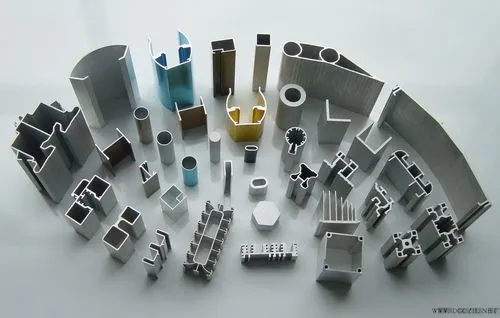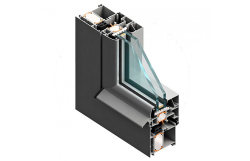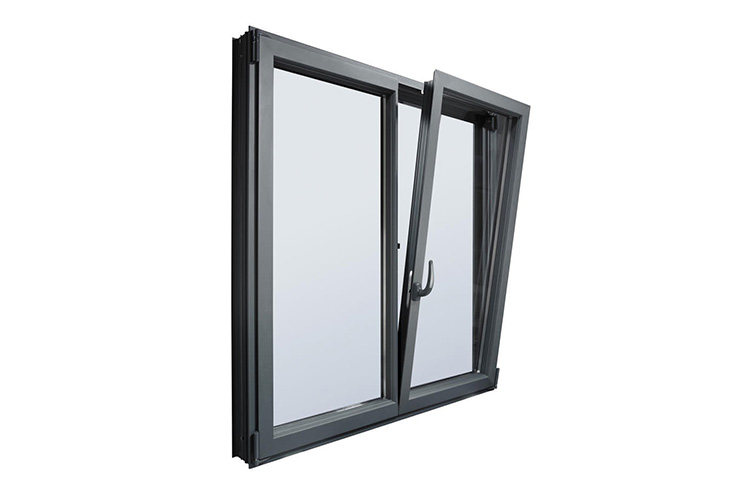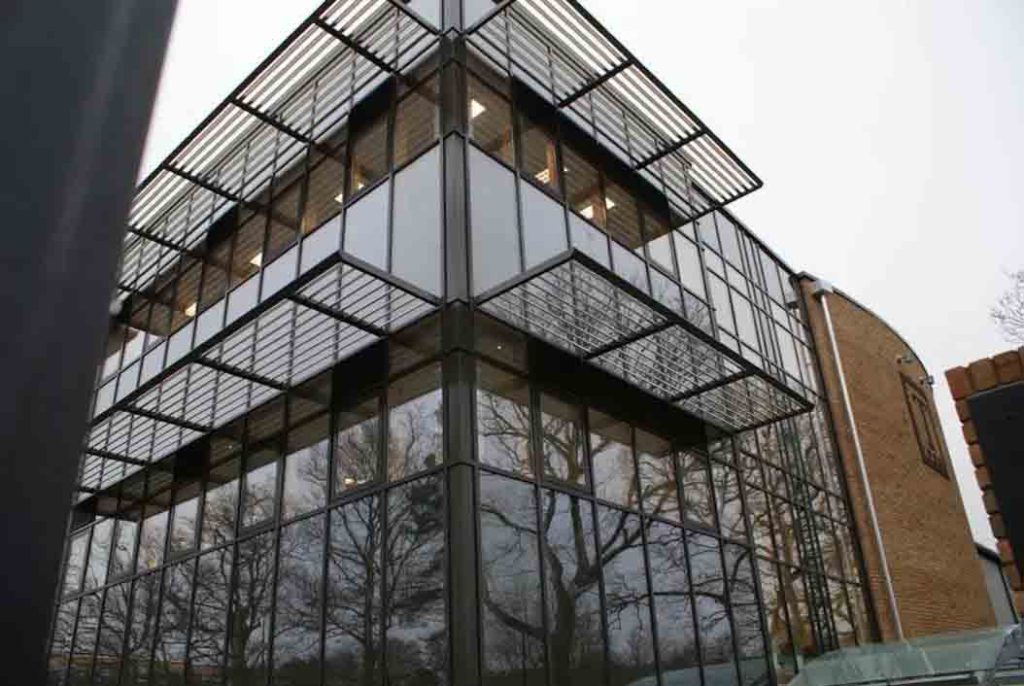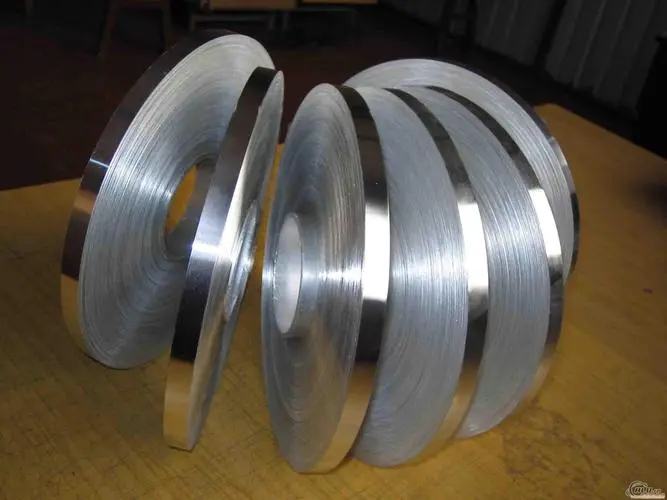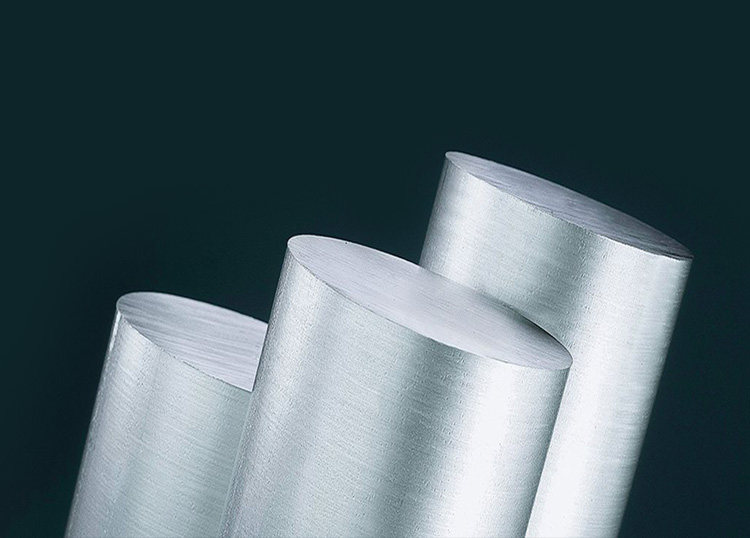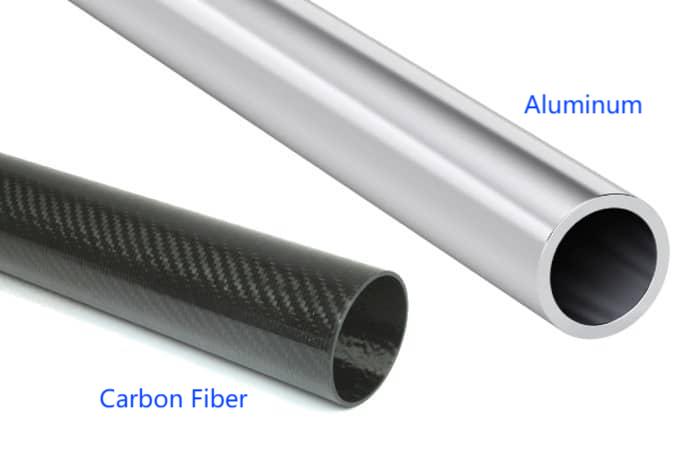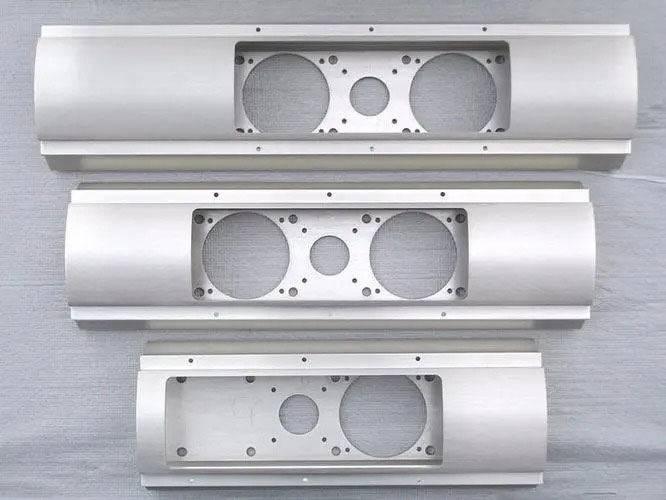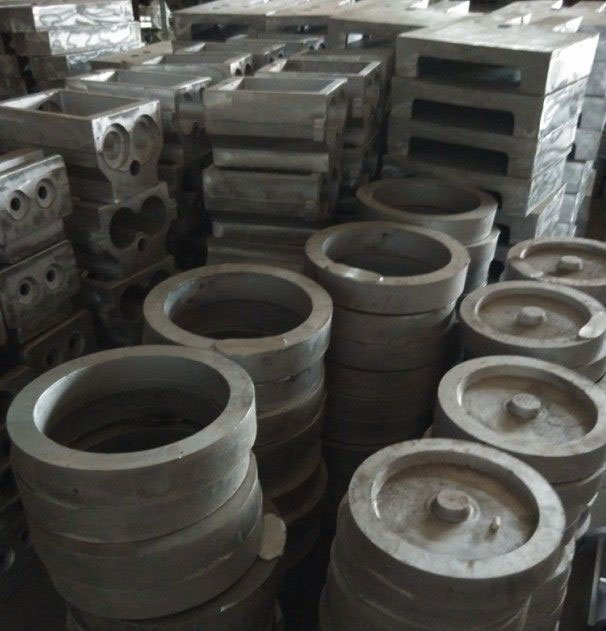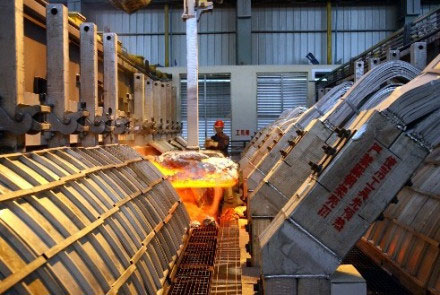When it comes to aluminum alloy die castings, the pros and cons of aluminum alloy materials and the process of die casting can affect the appearance of a casting. Aluminum alloy dies castings do not come down from the production line, but they have a bright appearance! The surface treatment of aluminum dies castings is a very critical part. Today, I will introduce several surface treatment processes to you, hoping to help you choose the surface treatment of aluminum die castings!

Surface Treatment of Aluminum Die Casting—Aluminum Phosphating
The effects of accelerators, fluorides, Mn2+, Ni2+, Zn2+, PO, and Fe2+ on the phosphating process of aluminum were studied in detail using SEM, XRD, potential-time curves, and film weight changes.
Studies have shown that guanidine nitrate has the characteristics of good water solubility, low dosage, and rapid film formation. It is an effective accelerator for phosphating of aluminum materials. Fluoride can promote film formation and increase film weight.
Refinement of grains: Mn2+, Ni2 can refine grains, make the phosphating film uniform and dense, and can improve the appearance of the phosphating film: when the concentration of Zn2+ is low, the film cannot be formed or the film formation is poor, as the concentration of Zn2+ increases, Increase in film weight: PO4 content has a great influence on the weight of phosphating film, increasing PO4. The content increases the weight of the phosphating film.

Surface Treatment of Aluminum Die Casting—Alkaline Electropolishing of Aluminum
We have carried out research on the alkaline polishing solution system, compared the influence of corrosion inhibitor and viscosity agent on the polishing effect, and successfully obtained the alkaline solution system with a good polishing effect.
This solution is an additive that reduces operating temperature, prolongs solution life, and improves polishing results. The experimental results show that adding appropriate additives to NaOH solution can produce a good polishing effect.
It was also found through exploratory experiments that the reflectivity of the aluminum surface could reach 90% after DC electropolishing with NaOH solution of glucose under certain conditions.
The feasibility of using the DC pulse electropolishing method to polish aluminum under alkaline conditions was explored, and the results showed the use of pulse electropolishing. The polishing method can achieve the leveling effect of DC constant voltage electropolishing, but its leveling speed is slow.

Surface Treatment of Aluminum Die Casting—Aluminum Chemical Polishing
It is determined to develop a new environmentally friendly chemical polishing technology with phosphoric acid-sulfuric acid as the base fluid. The key to this technology to achieving zero emission of NOx and overcoming the qualitative defects of similar technologies in the past is to add some special effects to the base fluid. compounds to replace nitric acid.
To this end, it is first necessary to analyze the triacid chemical polishing process of aluminum, especially the effect of nitric acid. The main function of nitric acid in the chemical polishing of aluminum is to inhibit pitting corrosion and improve polishing brightness.
Combined with the chemical polishing test in pure phosphoric acid-sulfuric acid, it is believed that the special substances added in phosphoric acid-sulfuric acid should be able to inhibit pitting corrosion, salty and slow overall corrosion, and must have better leveling and brightening effects.
Surface Treatment of Aluminum Die Casting—Aluminum Electrochemical Surface Enhancement Treatment
The process, properties, morphology, composition, and structure of ceramic-like amorphous composite conversion coatings formed by anodic oxidation deposition of aluminum and its alloys in neutral systems are discussed.
The process research results show that in the Na2WO_4 neutral mixed system, the concentration of the film-forming accelerator is controlled to be 2.5~3.0g/L, the concentration of the complex film-forming agent is 15~3.0g/L, and the concentration of Na_2WO_4 is 0.5~0.8g /L, the peak current density is 6~12A/dm~2, and the weak stirring can obtain a gray series inorganic non-metallic film layer with complete uniformity and good gloss.
The film thickness is 5~10μm, the microhardness is 300~540HV, and the corrosion resistance is excellent. The neutral system has good adaptability to aluminum alloys and can form films on various series of aluminum alloys such as rust-proof aluminum and forged aluminum.

